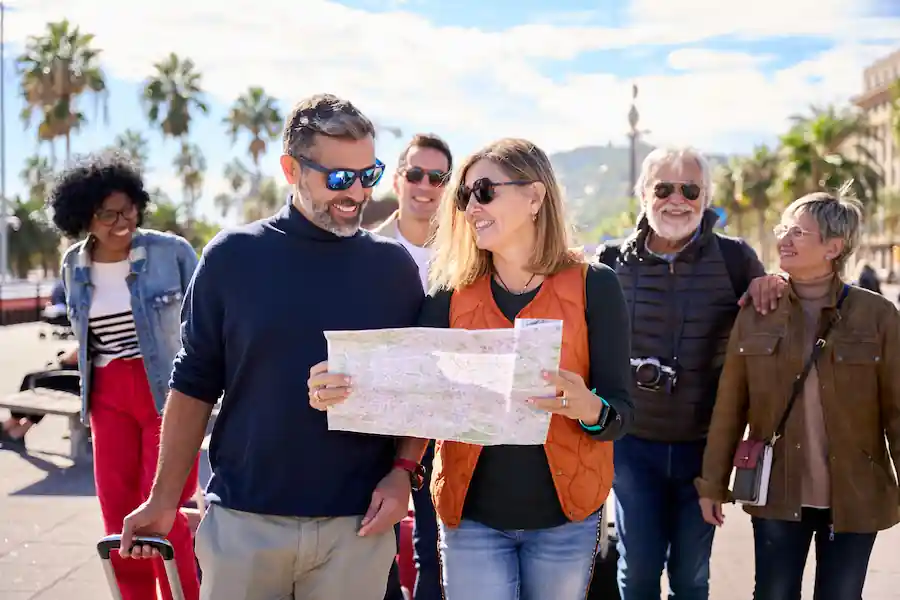Destinations on the other sense
You're standing beneath the Eiffel Tower at sunset, surrounded by hundreds of travelers holding up their phones. The landmark is breathtaking and the moment is perfect for Instagram, yet something feels empty. You've seen Paris, but have you really experienced it?
Now picture this: Three months later, you're back in Paris, but this time you're following Marie through a hidden courtyard in the 11th arrondissement. She shows you where her grandmother bought bread for sixty years. The bakery isn't in any guidebook, yet the owner remembers every regular customer's favorite pastry. You're not just seeing Paris; you're feeling its heartbeat.
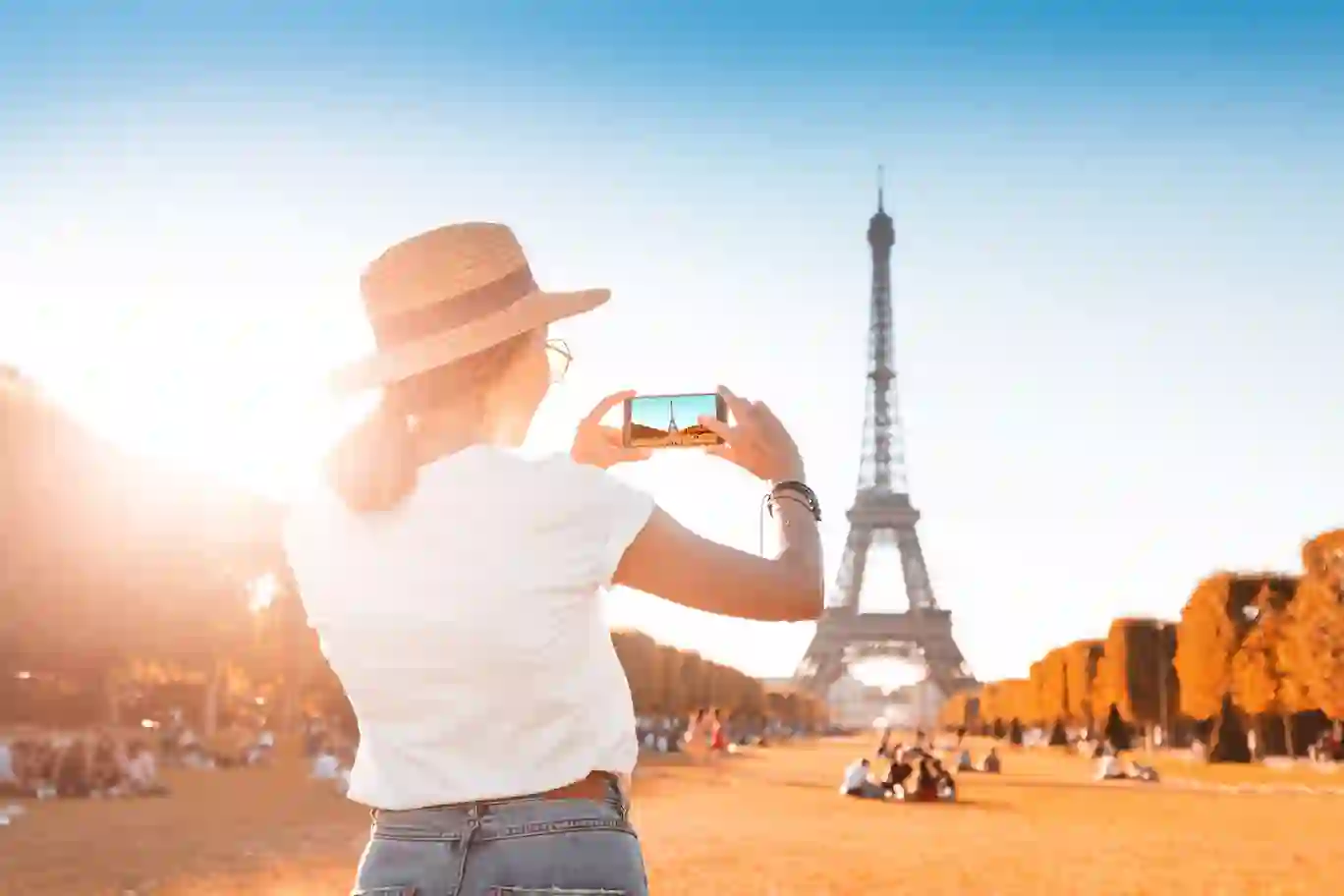
Consider Tokyo. You could spend your day navigating the overwhelming crowds at Shibuya Crossing, taking photos of the famous scramble. It's iconic, but you leave feeling like you've witnessed a show rather than discovered a place.
But when Hiroshi leads you through the narrow alleys of Shinjuku's Memory Lane, where salarymen gather after work at tiny yakitori stalls, things change. He teaches you the proper way to bow to the chef and explains why certain cuts of meat are grilled differently. Suddenly, you're not just visiting Tokyo; you're participating in its daily rhythm.
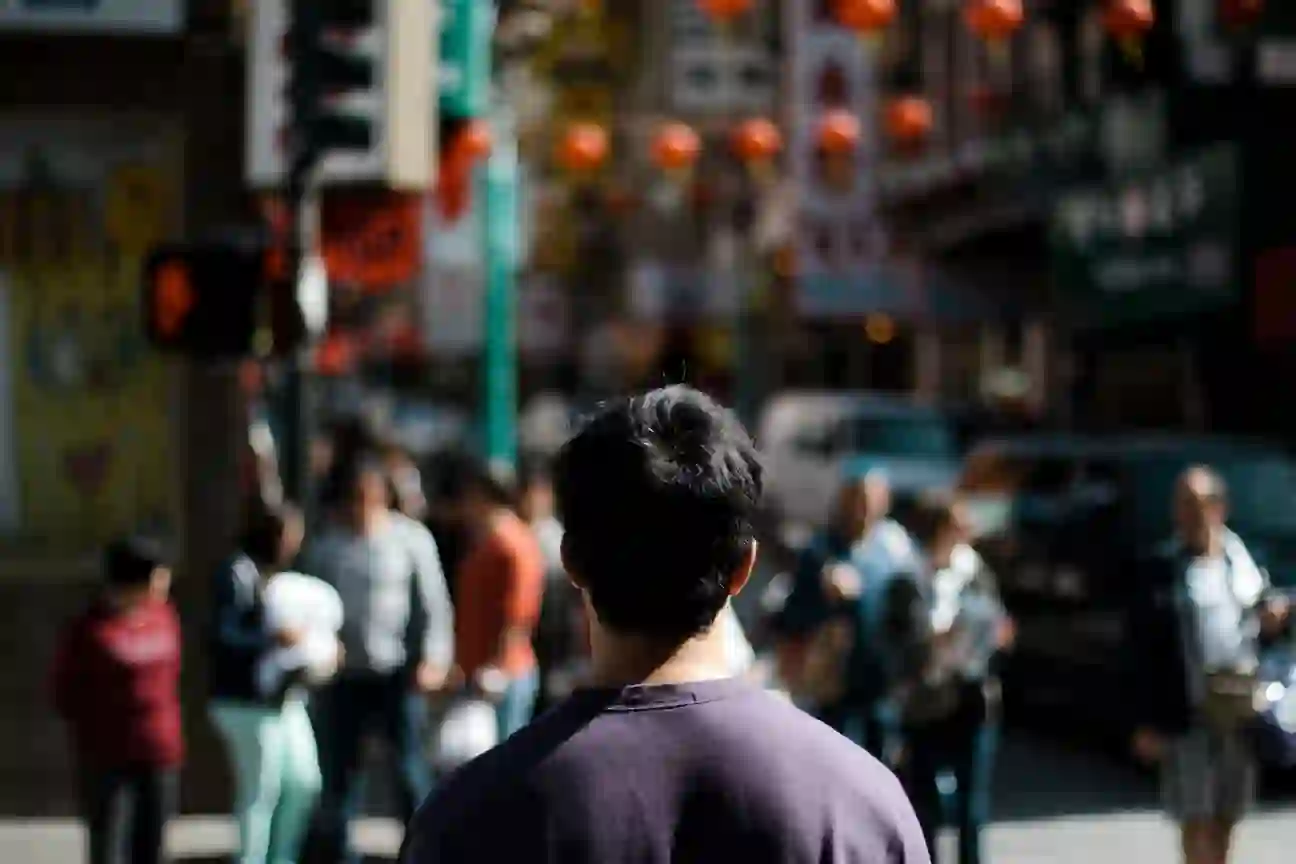
The same pattern appears in Marrakech. You might find yourself lost in the chaos of Jemaa el-Fnaa, overwhelmed by persistent vendors and unsure what's authentic. The experience feels more like survival than discovery.
Yet when Fatima invites you to her family's riad for traditional mint tea, teaching you the ceremonial pour from three feet high and sharing stories about her grandfather's spice trading routes, the city transforms. The medina's maze becomes welcoming, and its sounds turn musical instead of chaotic.
The difference isn't the city. It's how you connect with it.
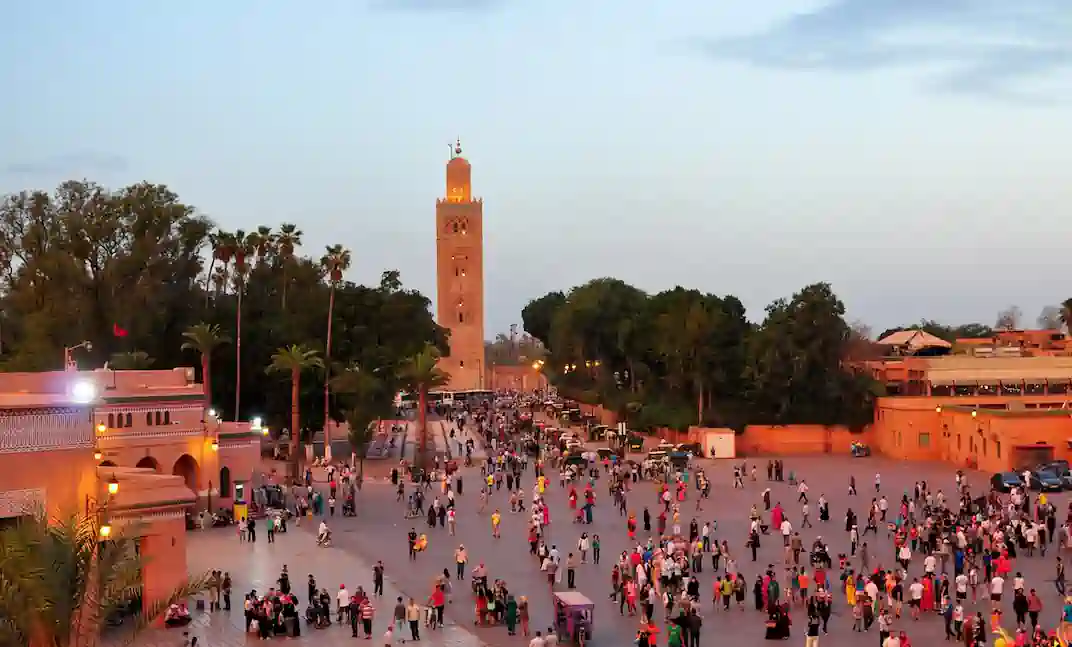
Why we crave elsewhere
The deep psychology of destinations!
There's something in human DNA that makes us restive. Our ancestors survived by moving—following herds, seeking better hunting grounds, and escaping harsh seasons. Today, we no longer migrate for survival, yet that ancient pull toward faraway places remains strong.
But what exactly is a "destination" to the human mind? It's more than geography. A destination is hope made real—the belief that somewhere else holds what we're missing here.
For a child, the destination might be the playground across town. For a teenager, it's the university in another state that promises independence. For an adult feeling stuck, it's that coffee shop in a different neighborhood where they might write their novel. Each destination represents possibility—a place where a different version of ourselves might emerge.
Psychologically, destinations serve as external anchors for internal change. We project onto places what we hope to find within ourselves. The mountain peak promises clarity. The bustling city suggests opportunity. The quiet countryside offers peace. We don't just go to destinations; we go to change.
This is why "getting away" feels essential to human well-being. Destinations interrupt our routines. They force us to navigate, decide, and notice. In familiar places, we operate on autopilot. In new places, every sense wakes up.
And then tourism identified this fundamental human need.
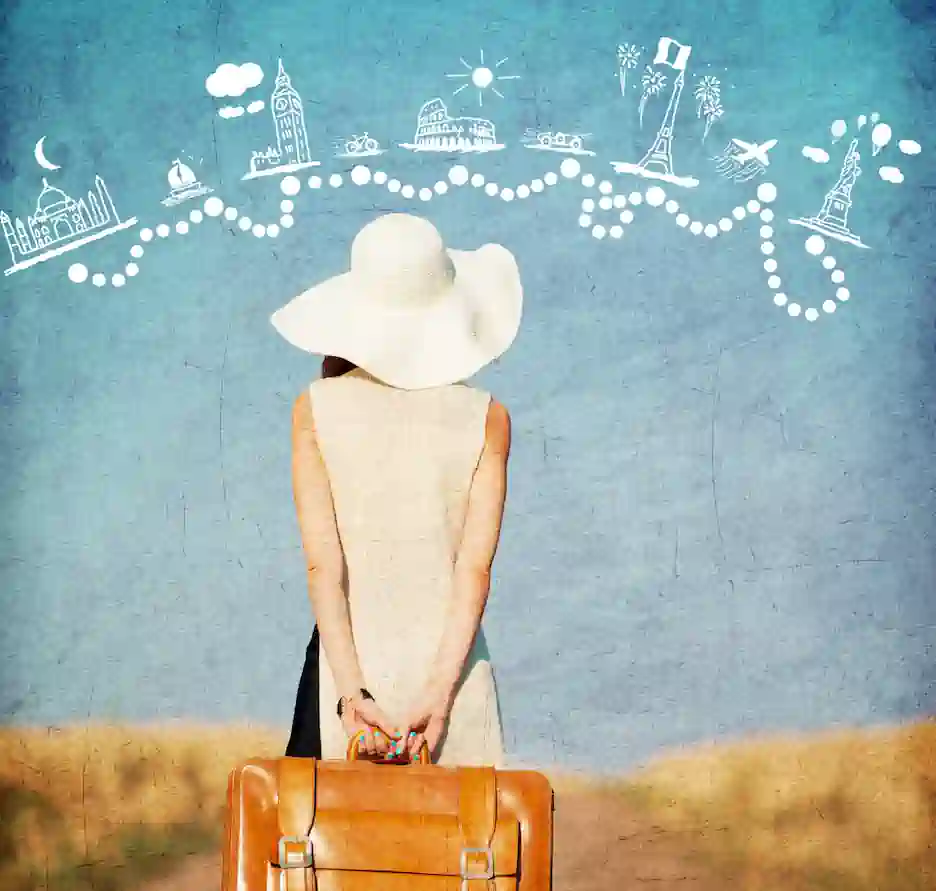
The tourism industry learned to package these psychological promises. They understood that people aren't really buying plane tickets and hotel rooms; they're buying transformation, escape, discovery, and connection. Tourism took the ancient human relationship with place and turned it into a business.
But something got lost in translation. When destinations become products, do they still fulfill their deeper psychological promise?
The foundation of everything
How tourism built itself on destinations?
Strip away the airlines, the hotels, the tour operators, and the travel apps—what remains of the tourism industry? Nothing. Every aspect of tourism exists to serve one purpose: getting people to destinations and making their experience possible.
Yet here's the intriguing paradox: destinations existed for millennia before tourism found them. Ancient Rome thrived as a center of power and culture long before anyone thought to visit for pleasure. The markets of Istanbul buzzed with life centuries before they became tourist attractions. The temples of Kyoto held spiritual significance for generations before photography made them famous.
Tourism didn't create destinations; it discovered them. More precisely, it discovered that human fascination with "elsewhere" could be organized, packaged, and sold. The industry realized that if they could make distant places approachable and understandable, people would pay to experience them.
But accessibility came with a cost. To make destinations consumable by millions, tourism had to simplify them. Complex cultures became "highlights." Living neighborhoods became "attractions." Dynamic communities became "photo opportunities."
This created the modern tourism paradox: destinations need tourism for economic survival, but tourism often obscures what made destinations special in the first place. The very qualities that draw us to a place, its authenticity, local character, and genuine culture, can be changed or even lost through mass tourism.
Think about it: tourism promotes destinations as unique experiences, then creates systems that make those experiences increasingly uniform. The same international hotel chains, the same tour bus routes, and the same souvenir shops appear in destinations worldwide.
So destinations find themselves caught between two needs: maintaining what makes them authentic and special while adapting to serve millions of visitors who want to experience that authenticity.
The question becomes: can destinations survive tourism? Or more importantly, can they thrive because of it?

Two worlds in the same place
How do locals and visitors see destinations differently?
Walk through any well-known destination and you'll notice a fascinating phenomenon: two completely different experiences happening in the same space. Locals go about their daily routines while visitors chase their vacation dreams. Same streets, same buildings, entirely different realities.
For a local guide in Barcelona, Las Ramblas isn't a must-see attraction; it's the crowded street they avoid during peak tourist season. They know which side streets offer the same charm without the chaos. They understand that the real Barcelona occurs in neighborhoods where visitors rarely go.
Meanwhile, a visitor sees Las Ramblas as pure magic energy, the street performers, and the historic architecture. They're not wrong to be amazed. They're seeing through fresh eyes what locals might overlook.
This isn't about right or wrong perspectives. It's about depth versus novelty.
Locals experience destinations with deep knowledge built over time through repetition, seasons, and relationships. They know which café serves the best cortado, not because they researched it, but because they've tried them all over the years. They understand neighborhood rhythms, seasonal changes, and the subtle differences between tourist spots and local hangouts.
Visitors experience destinations that are broadly exposed to many highlights in a limited time. They see the greatest hits, capture the iconic moments, and collect essential experiences. There's beauty in this, too, that fresh sense of wonder, the excitement of first discovery.
But the most meaningful destination experiences happen when these two perspectives intersect.
When a local guide shares their deep knowledge with a visitor's curiosity, something special happens. The visitor gains access to depths they couldn't reach alone. The local rediscovers wonder in familiar places through fresh eyes.
This intersection reveals what destinations truly are, not just places on maps, but communities of people willing to share their world with curious strangers.
The best destination experiences happen when visitors don't just see a place, they connect with the people who call it home.
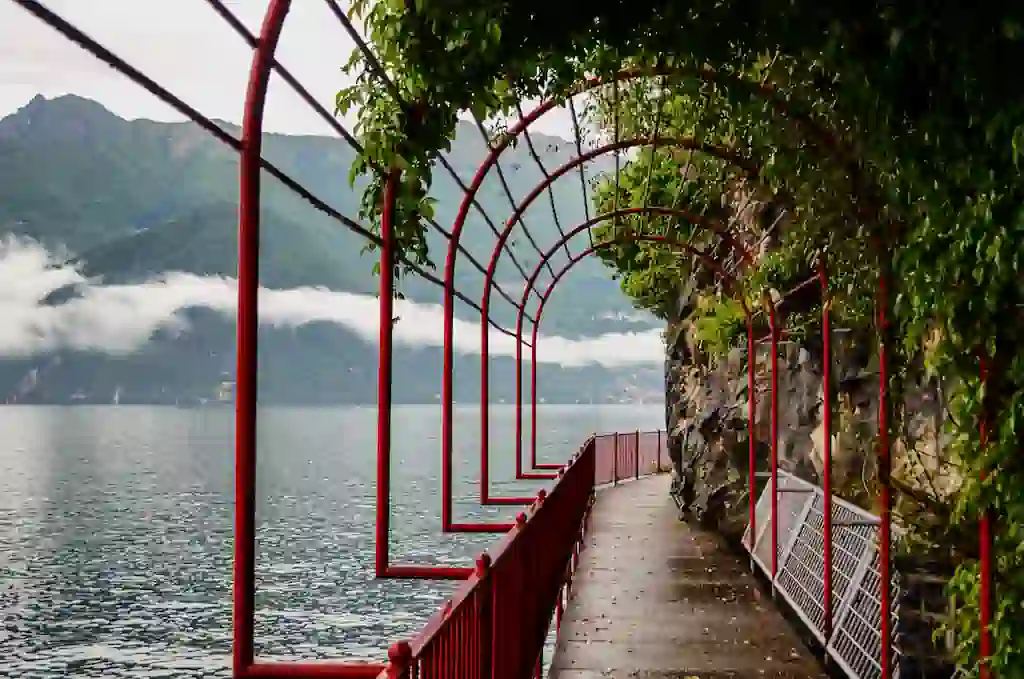
Decoding magnetic destinations
What makes some places irresistible?
Why do millions choose Paris over equally beautiful French cities? What makes Tokyo more compelling than other innovative Asian capitals? Some destinations become global magnets, while others remain hidden gems. The difference isn't always clear.
The world's most magnetic destinations share a fascinating formula: they offer both accessibility and mystery, familiarity and surprise.
Take Paris. Yes, it has stunning architecture and world-class museums, but so do dozens of other European capitals. What Paris perfected is storytelling. It doesn't just offer experiences; it offers the promise of becoming the main character in your own romantic story. The city marketed itself not just as beautiful, but as transformative.
Tokyo operates differently, yet effectively. It presents itself as the future made accessible today. Visitors don't just see advanced technology; they experience tomorrow's lifestyle. Tokyo suggests that visiting will give you glimpses of where the world is heading.

